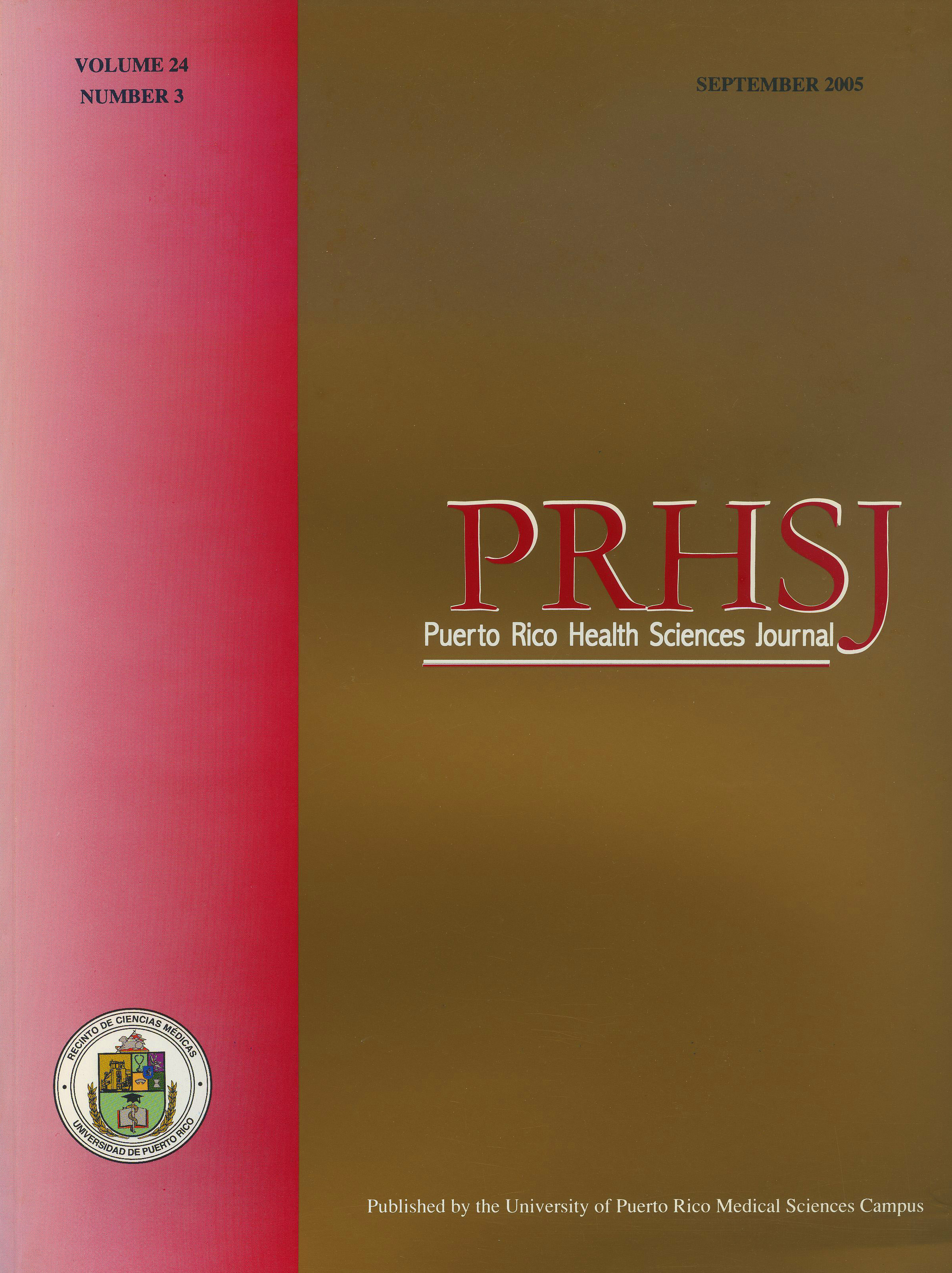Resumen
Bilharzia (=schistosomiasis=esquistosomiasis=bilharziasis) is a chronic disease of humans in Africa, the Caribbean, South America and Asia caused by a parasite of the genus Schistosoma. Isaac Gonzalez Martinez established definitively the existence of human schistosomiasis in Puerto Rico in 1904 when he reported the discovery of fluke eggs in feces from two teenagers who had lived all their lives in the environs of Mayaguez, P.R. in the western part of the island. Today, in the absence of significant, active transmission and little or no evident morbidity, chemotherapy of serologically positive cases with follow-up to monitor decrease of antibody levels postchemotherapy is probably the most cost-effective means. The Vieques model has shown that human transmission can be stopped even in the presence of snails. Hopefully, soon we will have a bilharzia-free Puerto Rico, for a variety of reasons, but nevertheless bilharzia-free. There will come a day when we can say with confidence: “No hay bilharzia aqui.”
Authors who publish with this journal agree to the following terms:
a. Authors retain copyright and grant the journal right of first publication with the work simultaneously licensed under a Creative Commons Attribution License that allows others to share the work with an acknowledgement of the work's authorship and initial publication in this journal.
b. Authors are able to enter into separate, additional contractual arrangements for the non-exclusive distribution of the journal's published version of the work (e.g., post it to an institutional repository or publish it in a book), with an acknowledgement of its initial publication in this journal.
c. Authors are permitted and encouraged to post their work online (e.g., in institutional repositories or on their website) prior to and during the submission process, as it can lead to productive exchanges, as well as earlier and greater citation of published work (See The Effect of Open Access).
